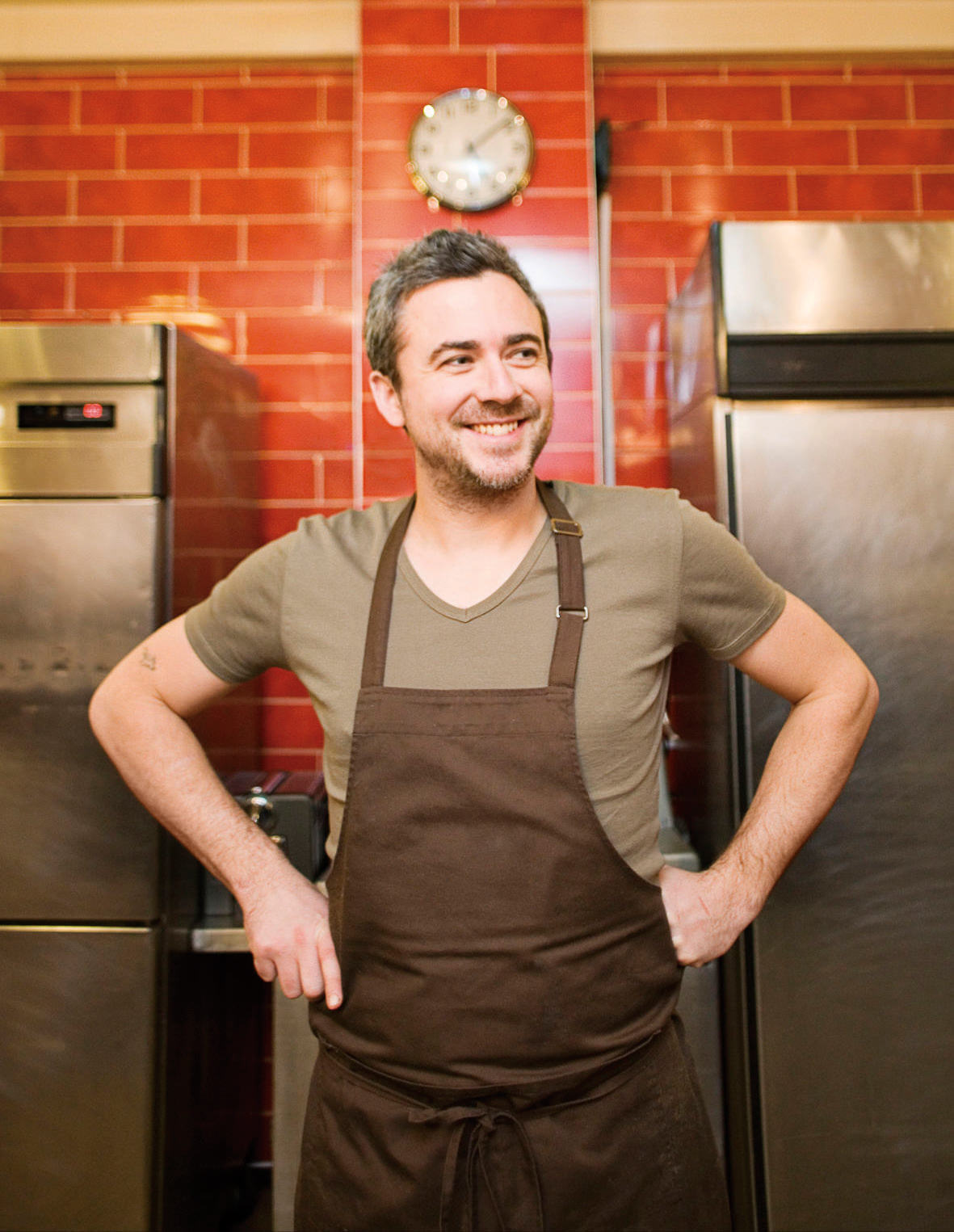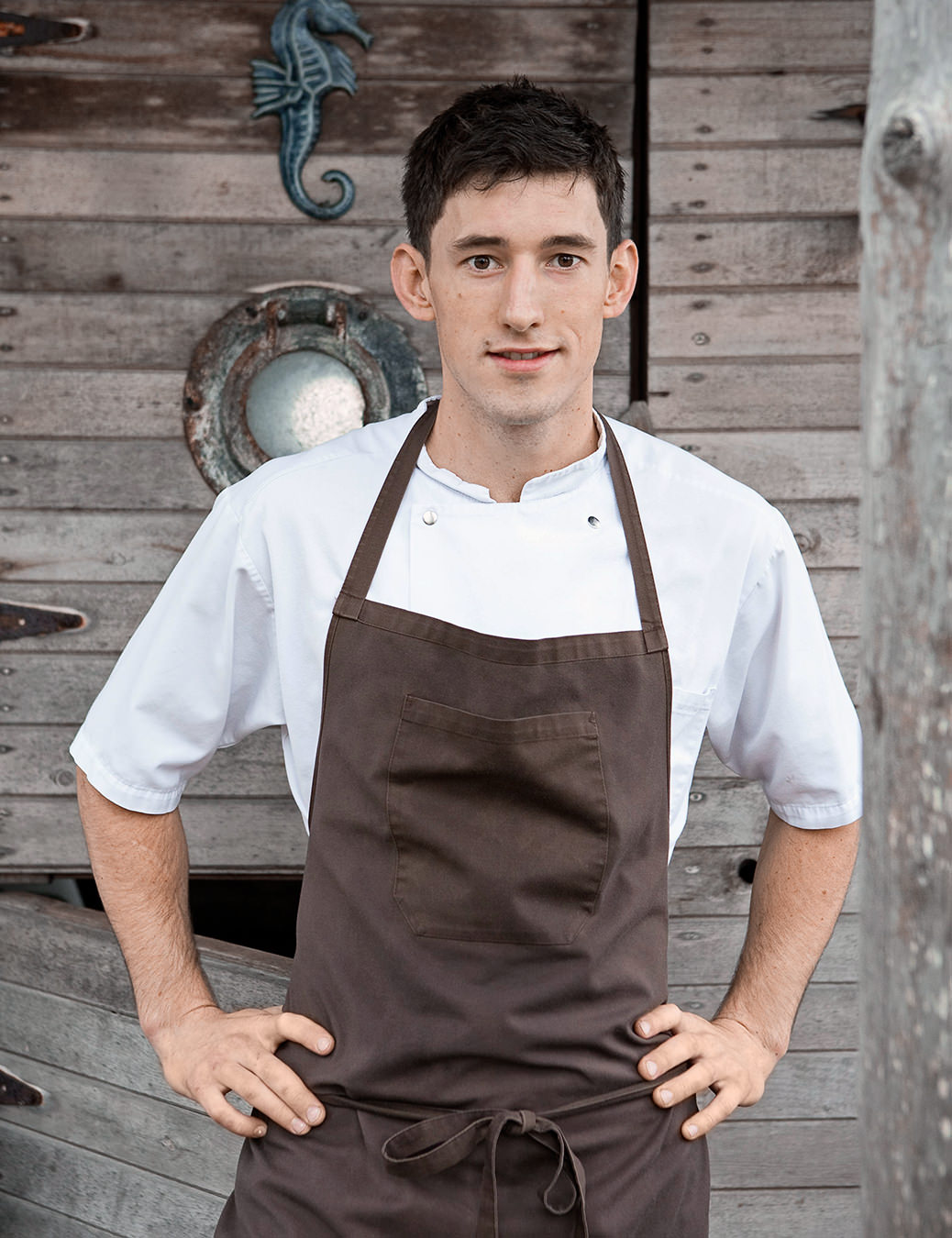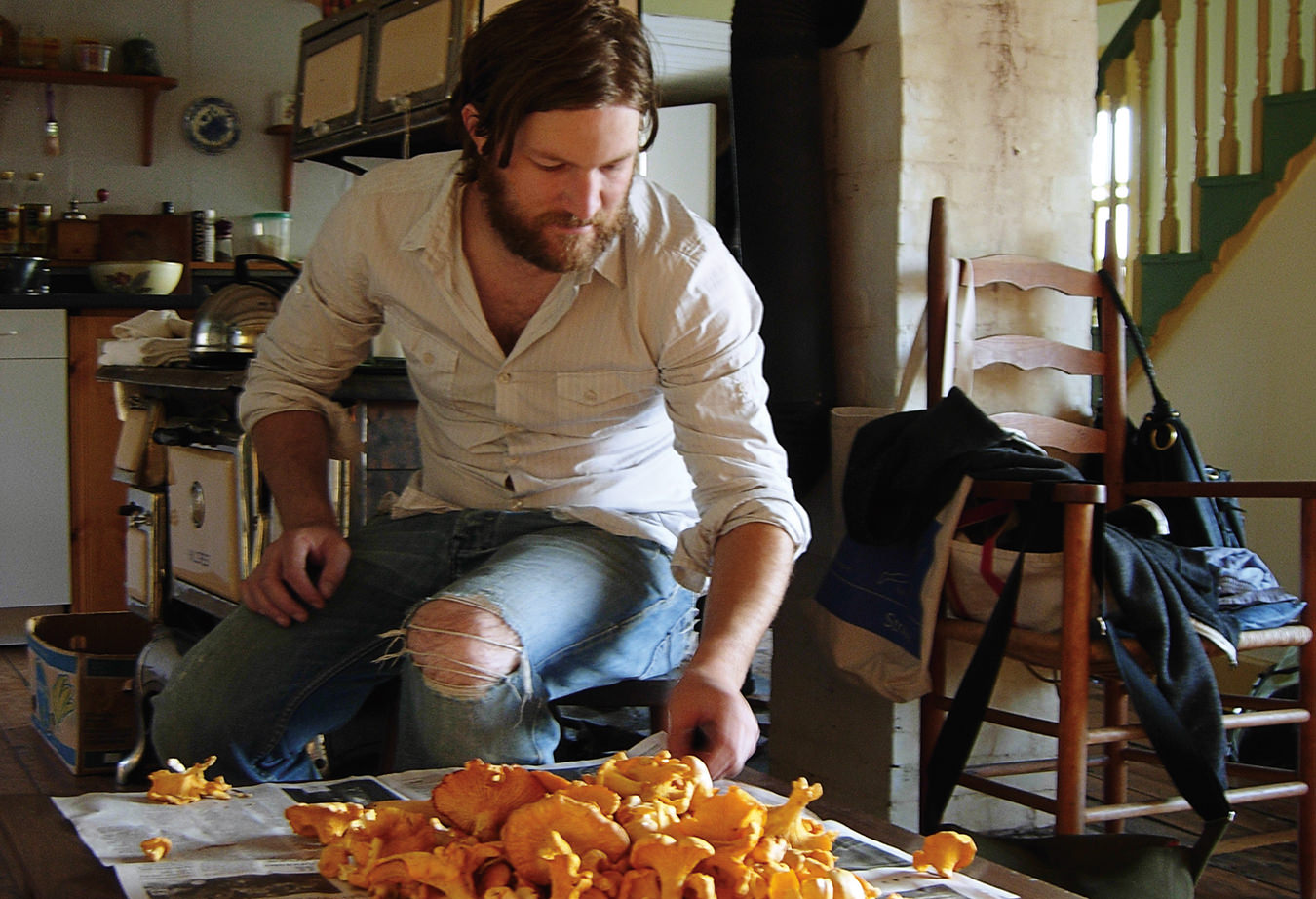Inside an Italian-inspired Food Scene in Saskatoon
Christie Peters of Primal.
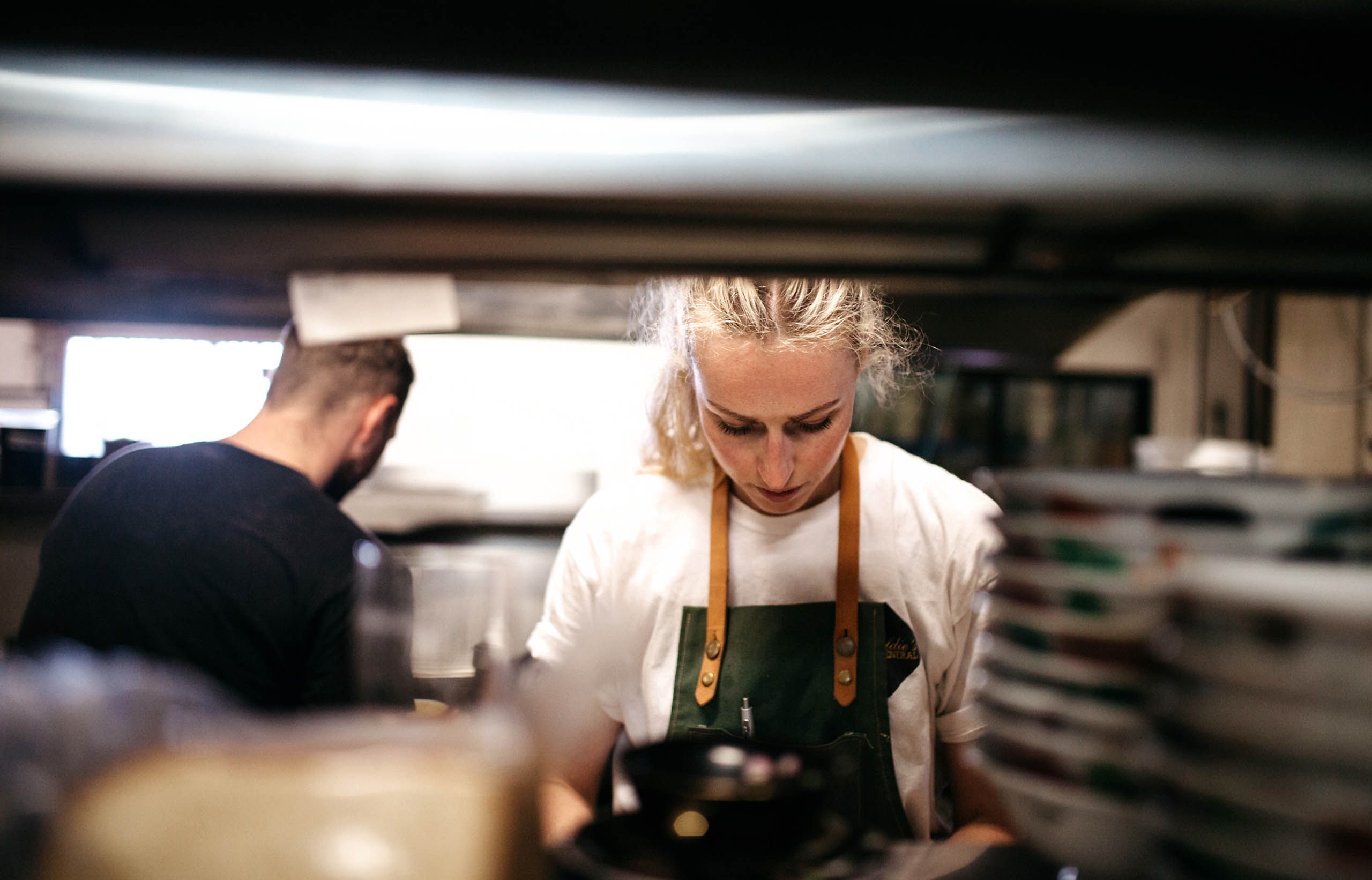
Christie Peters believes food should be high quality, seasonal, and sustainable. It’s an approach that’s grounding yet allows for creativity, rooted in her deep appreciation and understanding of Saskatchewan ingredients. It’s also a stance that has garnered significant acclaim over the years, drawing attention to Saskatoon’s growing food scene on a provincial and national level.
Peters’ Saskatoon restaurant, Primal, is where she puts her principles into practice, alongside partner and chef Kyle Michael. Together they built the menu around Italian-inspired dishes like handmade pasta and carpaccio but with a focus on staple prairie ingredients.
“When I was thinking, ‘What is Saskatchewan?’ I kept coming back to the fact that we’re the bread basket of the world, and most of the world’s grain is grown here,” Peters says. “So that’s why we thought an Italian-inspired restaurant would be the perfect thing for Saskatchewan, to really showcase the grain.”

Christie Peters believes food should be high quality, seasonal, and sustainable. It’s an approach that’s grounding yet allows for creativity, rooted in her deep appreciation and understanding of Saskatchewan ingredients.
Saskatchewan grain forms the heartbeat of the menu, including heritage varieties like red fife, spelt, and rye. But there’s more: Primal also has a whole animal butchery program, a low-intervention wine program, and a strong focus on preserving come fall, ensuring Saskatchewan produce lasts into winter. When you dine at Primal, the time and care invested behind the scenes translates into an unforgettable experience, one that feels holistic, almost poetic. There’s a sense of attention to detail in every aspect of the menu, right down to the pickled mushrooms in the pork scallopini.
But while there’s poetry, Peters notes there’s a deep practicality to the approach. “My overall philosophy is no waste, and I think that comes from being both a chef and a restaurateur. Everything has value,” she explains. For example, the restaurant uses the beet root and leaves but also finds a way to use the stem. It’s the same with whole animals—the bones are used for stock and then later ground up and composted.
Peters’ consideration for valuing the whole ingredient—animal or vegetable—was shaped by working abroad with different chefs. She’s worked in kitchens in San Francisco and Amsterdam, but it was actually in Saskatoon where she first fell in love with the industry. Her first job was at a Boston Pizza at 14. “I remember thinking that the restaurant owner had the most glamorous life—he could eat and drink all he wanted and come and go as he wanted,” she recalls. “From that point, I knew I wanted to run a restaurant one day.”
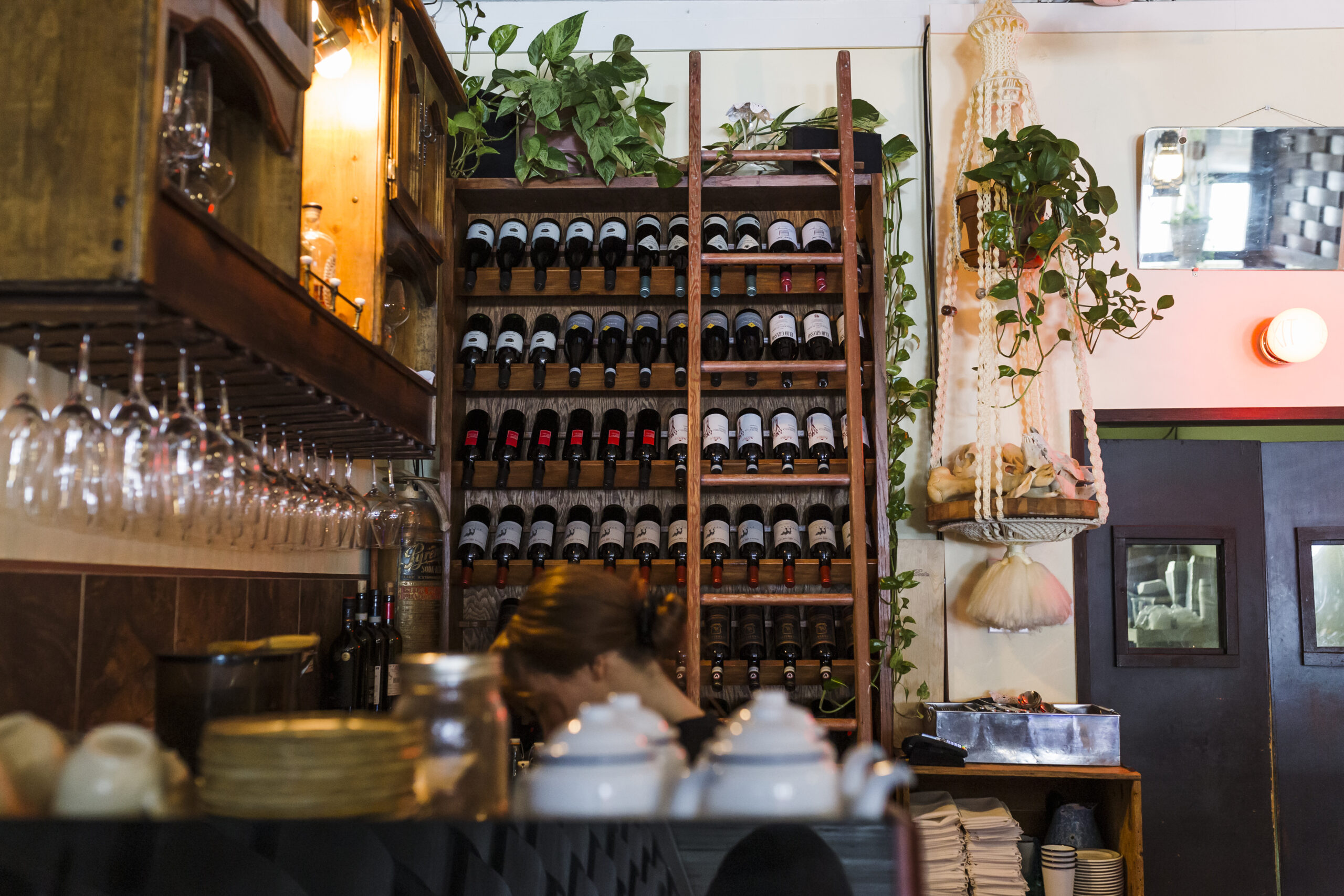
In 2014, she opened Primal, also in Riversdale, and many of the initiatives used at the Hollows are still in effect at Primal, including a horticulturist on staff, who manages a basement herb garden and stocks produce from garden plots around the city.
When she was ready to pursue cooking professionally, Peters headed west to Vancouver with one goal: to work for chef and restaurateur Rob Feenie. “I was watching a lot of Food Network at the time,” she says, laughing. “My mantra was basically that I was going to find someone doing what I wanted to do and then work for them—even for free—rather than going to school.” Her first cooking job was at Feenie’s, where, she says, “they were desperate for cooks, so they took me with no experience, but I learned so much on the job.”
In Vancouver, she also worked at the former Chow restaurant under chef JC Poirier (now St. Lawrence restaurant), where she learned whole animal butchery. She then spent months in restaurants in the United States and Europe before eventually moving back to Saskatoon.
Peters’ first restaurant, the Hollows, opened in 2011 in Saskatoon’s Riversdale neighbourhood. For nearly 10 years the farm-to-table restaurant was a local favourite, built on the same motto of high-quality, seasonal, and sustainable food. “Everyone thought we were crazy [for opening a restaurant] in Riversdale because the area was really rough at the time. But to me, it looked like the Gastown of Saskatoon, where restaurants are booming next to safe injection sites,” she says. “I kind of feel like I saw something no one else did.”
Peters was right. Today, Riversdale houses many of the city’s most popular eateries. In 2014, she opened Primal, also in Riversdale, and many of the initiatives used at the Hollows are still in effect at Primal, including a horticulturist on staff, who manages a basement herb garden and stocks produce from garden plots around the city.
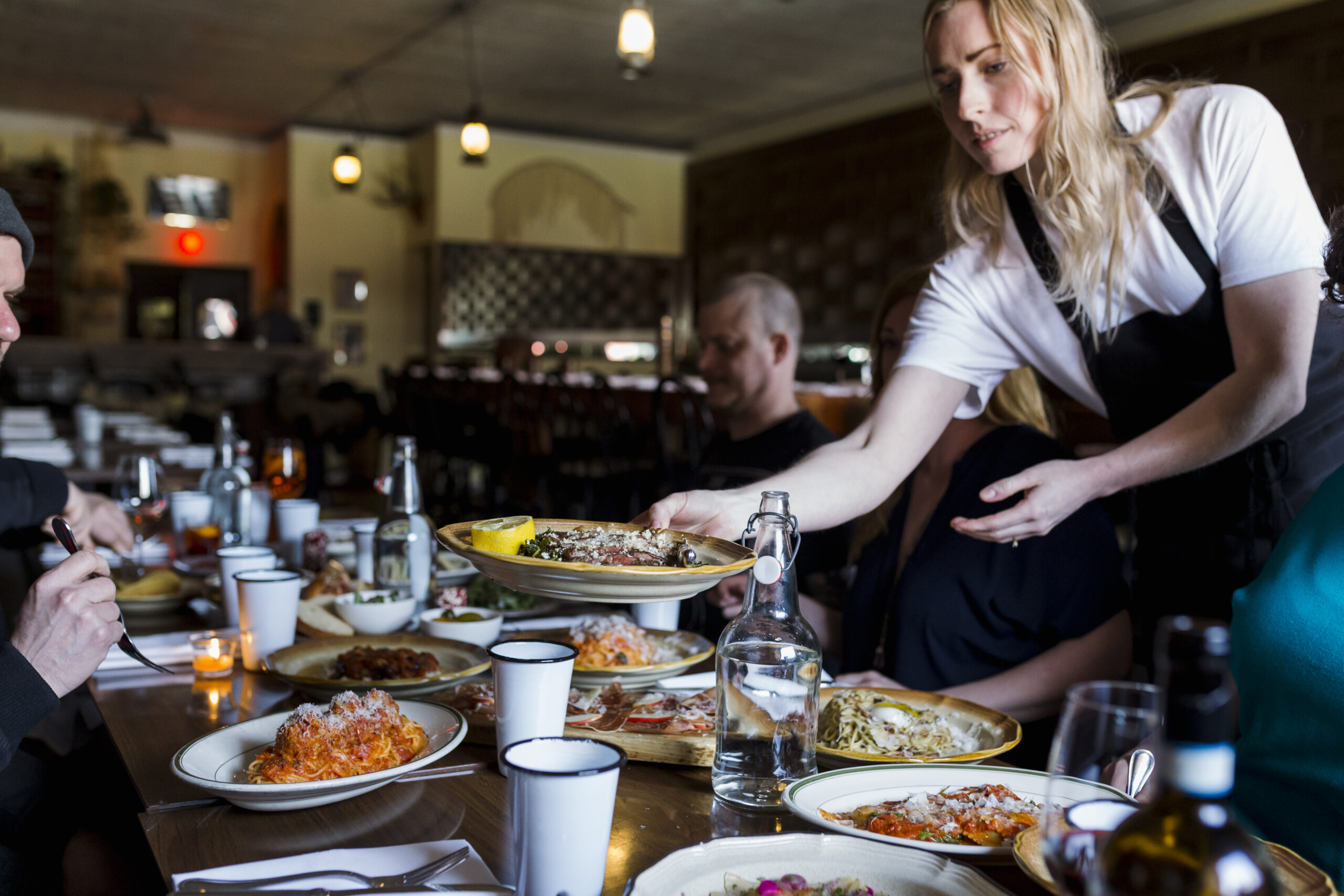
Today, Riversdale houses many of the city’s most popular eateries.
A huge source of inspiration for Peters throughout her career has been thinking about food in time and place, a sentiment influenced by chef René Redzepi’s restaurant, Noma, in Denmark. She says going to Noma had always been a career goal, and in 2019, that dream became a reality when she interned there.
“I wanted to see how the best restaurant in the world does things and then bring that back to Saskatoon,” she says. “I feel like I got to see a lot more than the average intern at Noma because I already owned two restaurants at the time. I got to work all the stations and sit in on beverage program stuff, too, so I really got the full experience.”
One key takeaway from her time at Noma was seeing how it uses fermentation to maximize the growing season. Since then, Peters has been exploring different fermentation techniques but using local ingredients. Noma made miso in the Japanese style using Nordic ingredients—she has started some batches of miso using ingredients like barley, peas, and chickpeas from Saskatchewan.
“I’m really looking forward to rolling that out into our food scene sometime in the future,” she says. “When it comes down to it, sourcing locally is the highest quality you can get, and it brings things full circle because it’s sustainable—for the economy and the environment. It just makes the most sense to me and gives everything more meaning when we use Saskatchewan ingredients.”

